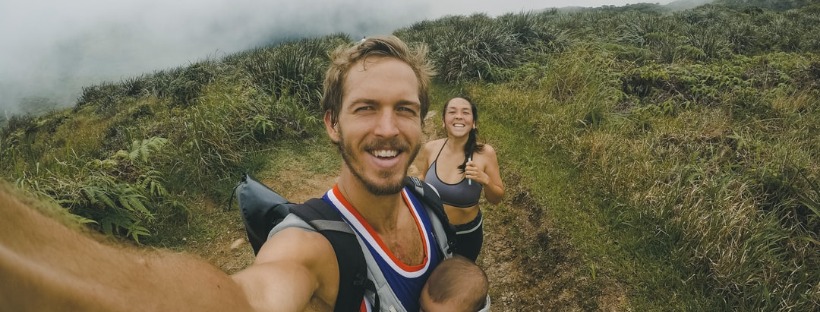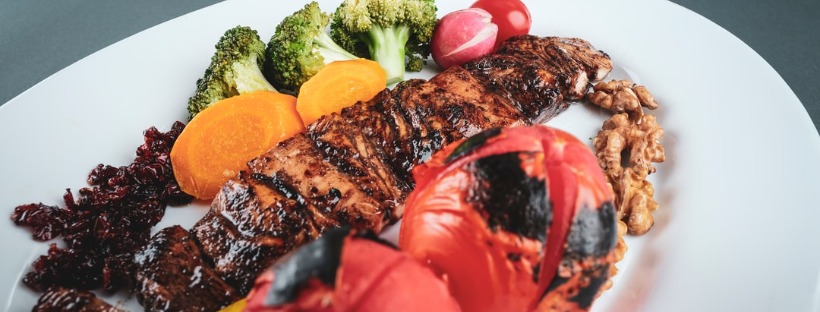Our third post in the homeschool learning series is all about geography. If you haven’t checked out the first two, you can find them here:
Homeschool Learning: The Human Body
Homeschool Learning: Create Art
When our kids grow up and move out of our house, we have a mental list of some of the things we want them to know. One of those things is to have a global perspective. Eventually, we’ll have conversations about world politics, world history, etc., but for right now, we’d like them to learn the locations of countries and major bodies of water as well as exposure to different languages, food, cultural traditions.
They attend a school that’s highly international, so we’re lucky that their exposure to different languages, food, and cultural traditions is a daily experience. Nevertheless, we want them to know it’s important, so we try to spend time learning together as a family.
The backbone of our summer learning series is this: spend 90 minutes of intentional learning a day. If your kids are early risers, you could start at 7:30 am and be done by 9:00 am. You have the rest of the day to have outdoor adventures and PLENTY of time for kids to get bored. Or, if you live in a place that gets super hot in the afternoon and you need to rest indoors, do it then!
Summer learning doesn’t have to be over-planned or elaborate. Just plan a couple things for the kids to do each day that stretches their mind or teaches them something new.
Draw the World book series
The first thing way we’ve been learning the geography of the countries is by using the Draw the World book series. This smart idea was created by Kristin Draeger– it’s just BRILLIANT! Instead of sitting with a map, trying to memorize it, kids are taught to draw the world, one section at a time.
As the kids draw, it sticks in their brains 100x better, especially for kids that are visual and kinesthetic learners. The author walks us through step-by-step and makes funny comments along the way that help you remember the shape of a country or the outline of a lake.
I’m on this learn-the-countries journey with the kids, so I joined the drawing too. I’m ashamed to admit that I thought Costa Rica was an island. But I learned it’s not.
ALL 4 of my kids did this together, bit-by-bit– even my 5-year-old! After they finished the map, I challenged them to draw the map from memory. My oldest did surprisingly well.
So far we’ve just done the Draw Mexico, Central, and South America book, but we’re jumping into Draw Europe next week.
Inflatable Globe
Our kids love to be active– while they can sit down and concentrate just fine, they also really love to move their bodies. I’m guessing your kids do too.
If we’re looking for a wiggle break, we get out our GIANT inflatable globe and chase it around. Most of the time I don’t do a specific game that forces them to look at the globe and find a country. Instead, maps tend to draw kids in and they want to examine and ask questions.
- “Where’s our country?”
- “What countries have you been to, mom and dad?”
- “My friend is from India– here’s her country!”
- “Which ocean do you think is the biggest?”
- “What’s it like in this country? (points to a random country on the globe)”
We learn so much through throwing a globe around, asking questions, and researching online.
Geography Books for Kids
I’m such a sucker for geography books. I love to pour over maps, especially kids’ geography books that include a bunch of pictures and extra fun facts! Some of our favorites are:
Atlas of Adventures + Activity Book
The Atlas of Adventures is an oversized, gorgeous book that gives kids a peek into the culture of various countries. The cover feels fabric-like, and it’s one of those books that you want to keep out “just in case.” We also have the corresponding activity book to go along with it, which is filled with pictures to color, a bunch of stickers and a foldout map of the world.
If You Lived Here
If You Lived Here allows kids to travel to different parts of the world (from the comfort of their couch!) to see how other families live. This kind of book is important in exposing children to different ways of living. As we read these kinds of books, we try to imagine what it would be like to live in that location and to talk about how cool it’d be. I believe deeply that if kids can put themselves into another’s person’s shoes, this will develop a sense of understanding, compassion, and curiosity Instead of responding to someone’s differences with, “that’s weird” or, “that’s wrong,” I hope we are teaching them to say, “Interesting! Tell me more.”
Maps
Another oversized book, this one is equally as beautiful as the Atlas of Adventures. I would say this one is for mid-late elementary kids. The maps are more detailed: there are cities and fun facts included about each country. My one disappointment with this book is that it doesn’t include every part of the world. Instead, it zooms in on particular countries (as opposed to regions). Nevertheless, it’s an incredible book.
Hungry Planet: What the World Eats
This award-winning book features a week’s worth of food for 30 families from 24 countries. Each family is photographed in their home, along with the typical food they eat in a week. It’s amazing to see how different each family eats! This book is another one that helps kids see a different way to live life. We ask questions like:
- What part of the world does this family live in? Do you think that makes a difference as to what they eat?
- What surprises you about their food?
- How do they get their food?
- Are there any foods shown that you haven’t tried?
- How is what they eat similar to what you eat? How is it different?
It also creates spaces for important and difficult conversations about food supply, poverty, and abundance. While we don’t focus on this, we feel that it’s important for kids to understand that some people in the world don’t have access to an abundance of food. America is 5% of the world’s population but consumes 24% of its energy. We throw out 200,000 tons of edible food EVERY DAY. And while we don’t want our kids to feel guilty, we do want them to think carefully about what food we choose to purchase as a family, how we deal with food waste, and what we can do to help provide food for other parts of the world. We like to look for books that open pathways for these kinds of conversations– What the World Eats is one of those books.
Language
We ask our kids to learn Spanish. We think it’s an important language to know, especially when living in the United States. We do this by using the (free!) app DuoLingo.
DuoLingo combines listening, speaking, and reading to learn the language. The lessons are broken down into tiny bite-size sections, and you earn points each time you finish a little chunk. It’s quite rewarding to see your progress. In general, the kids spend about 10 minutes a day in the app. It’s an addicting and fun way to learn a language! We highly recommend it.
If you’re looking for more fun ways to learn about geography, check out our post, How to Learn All the Countries of the World.











